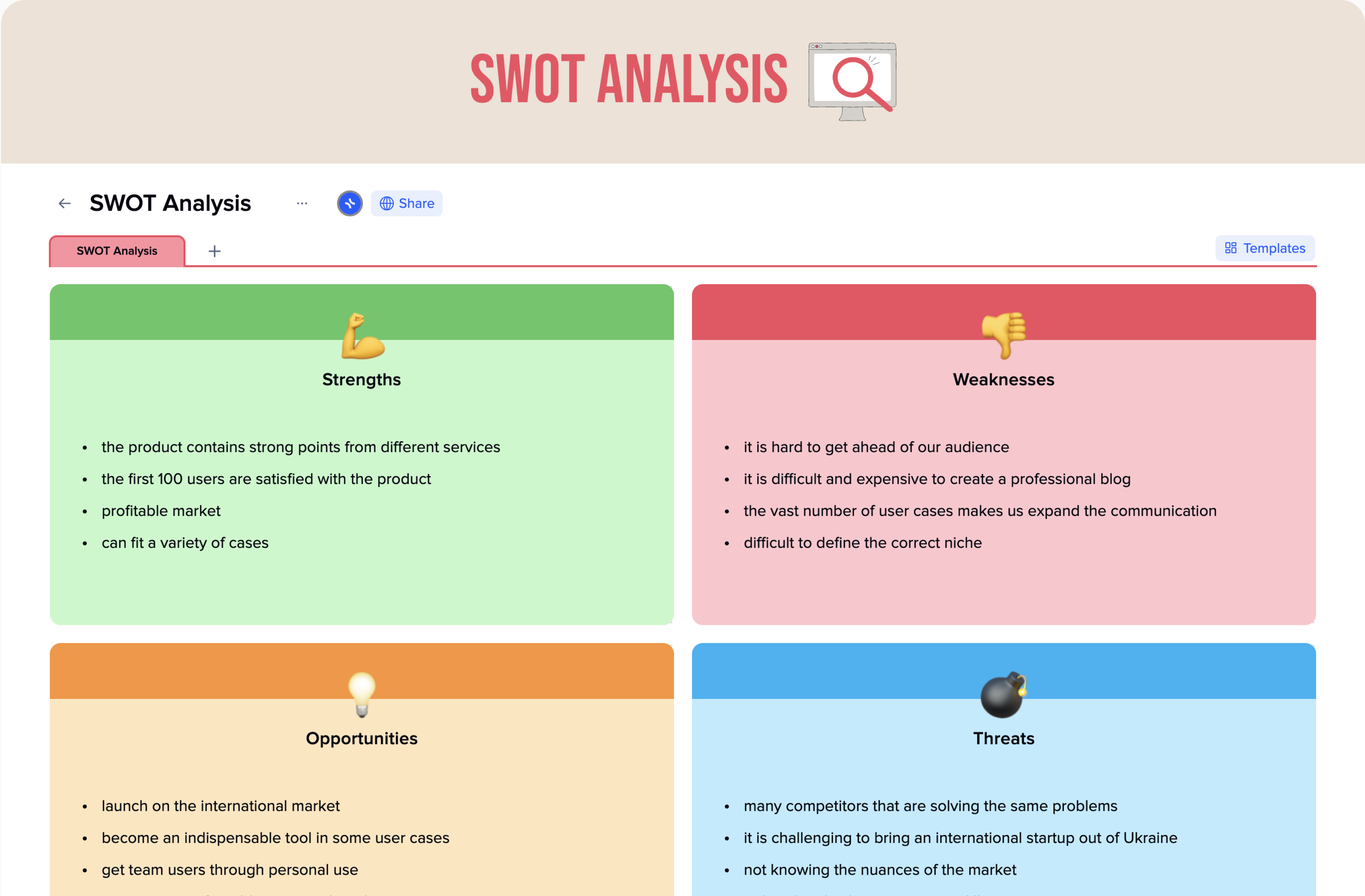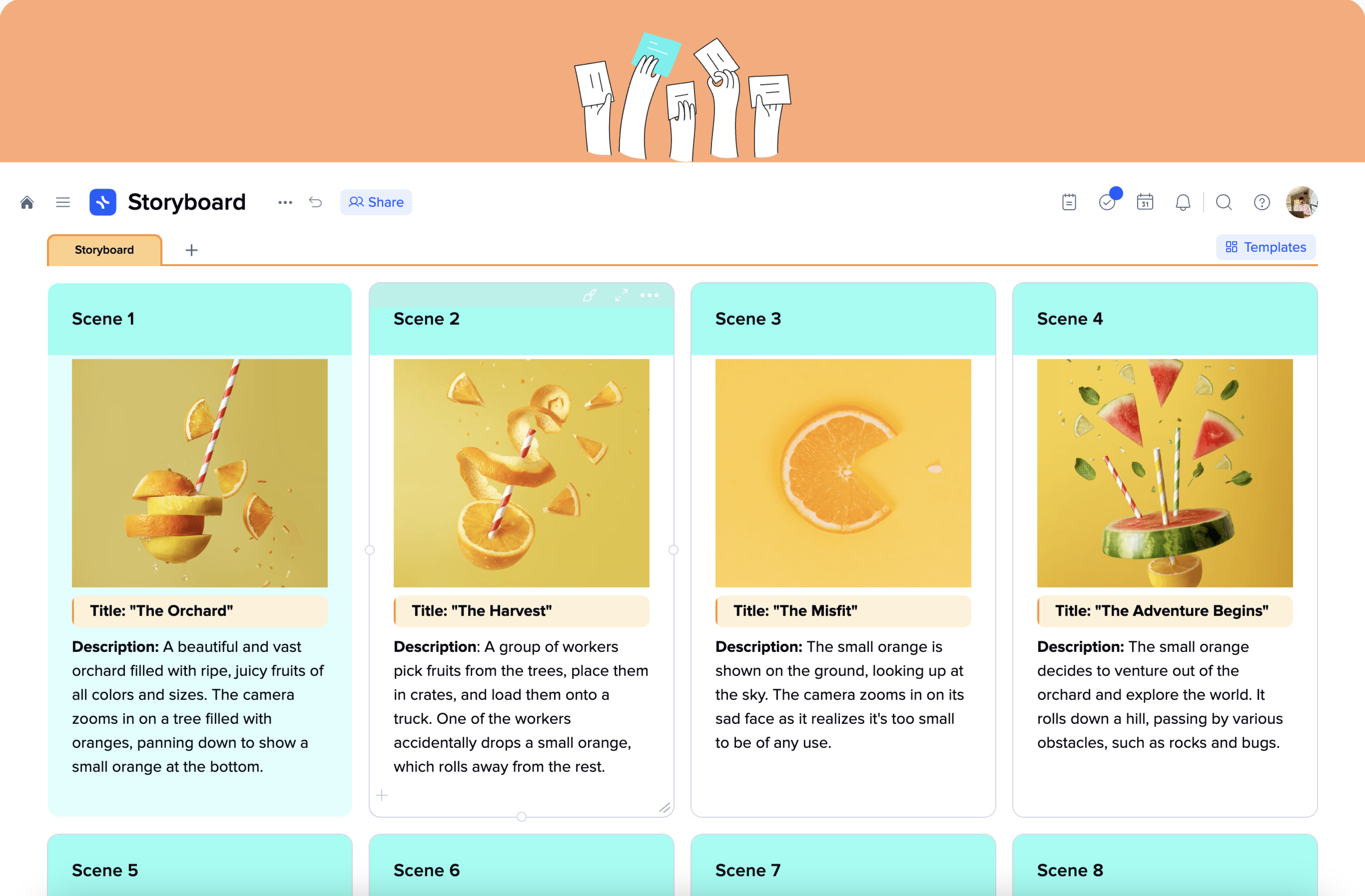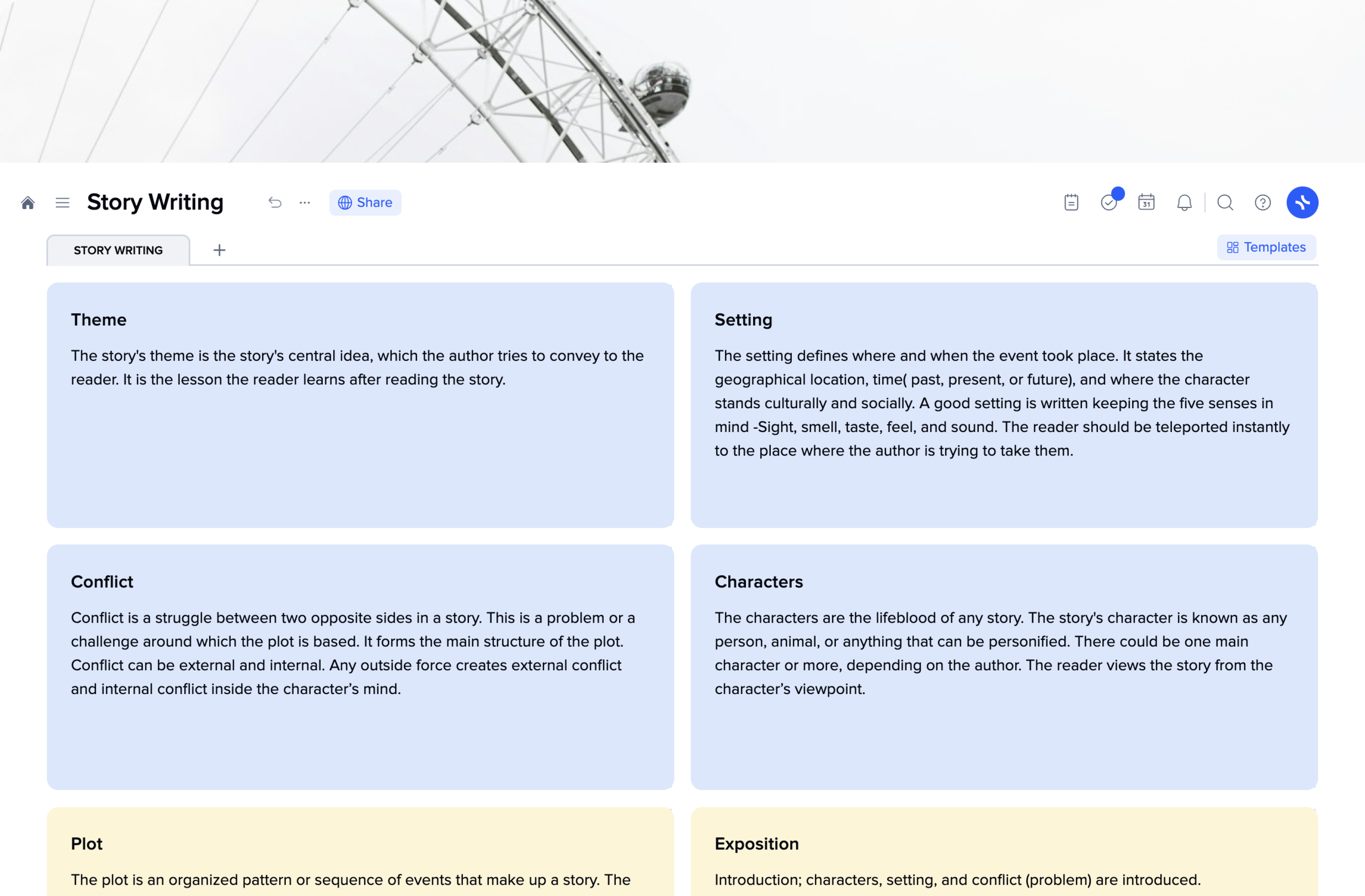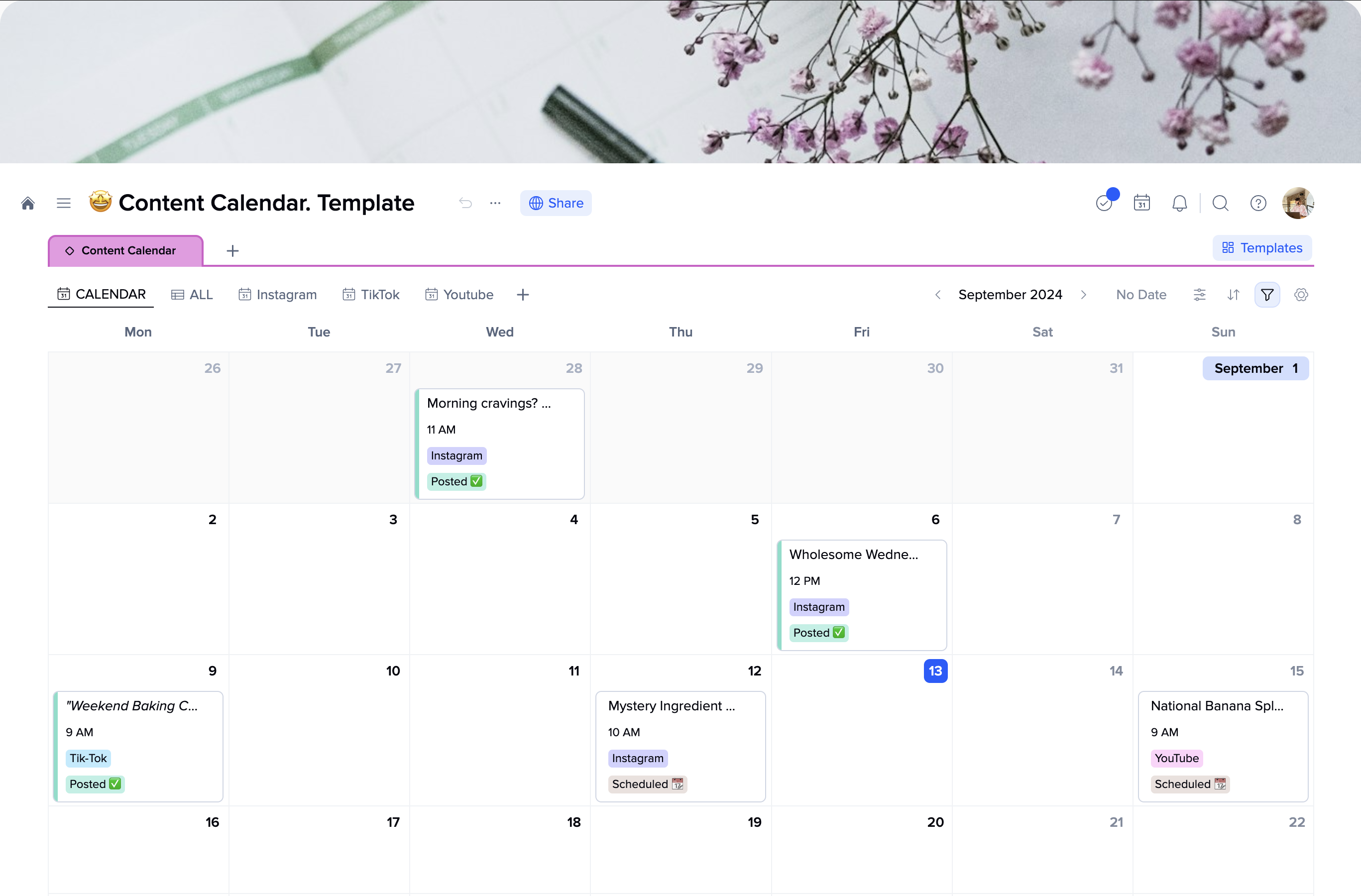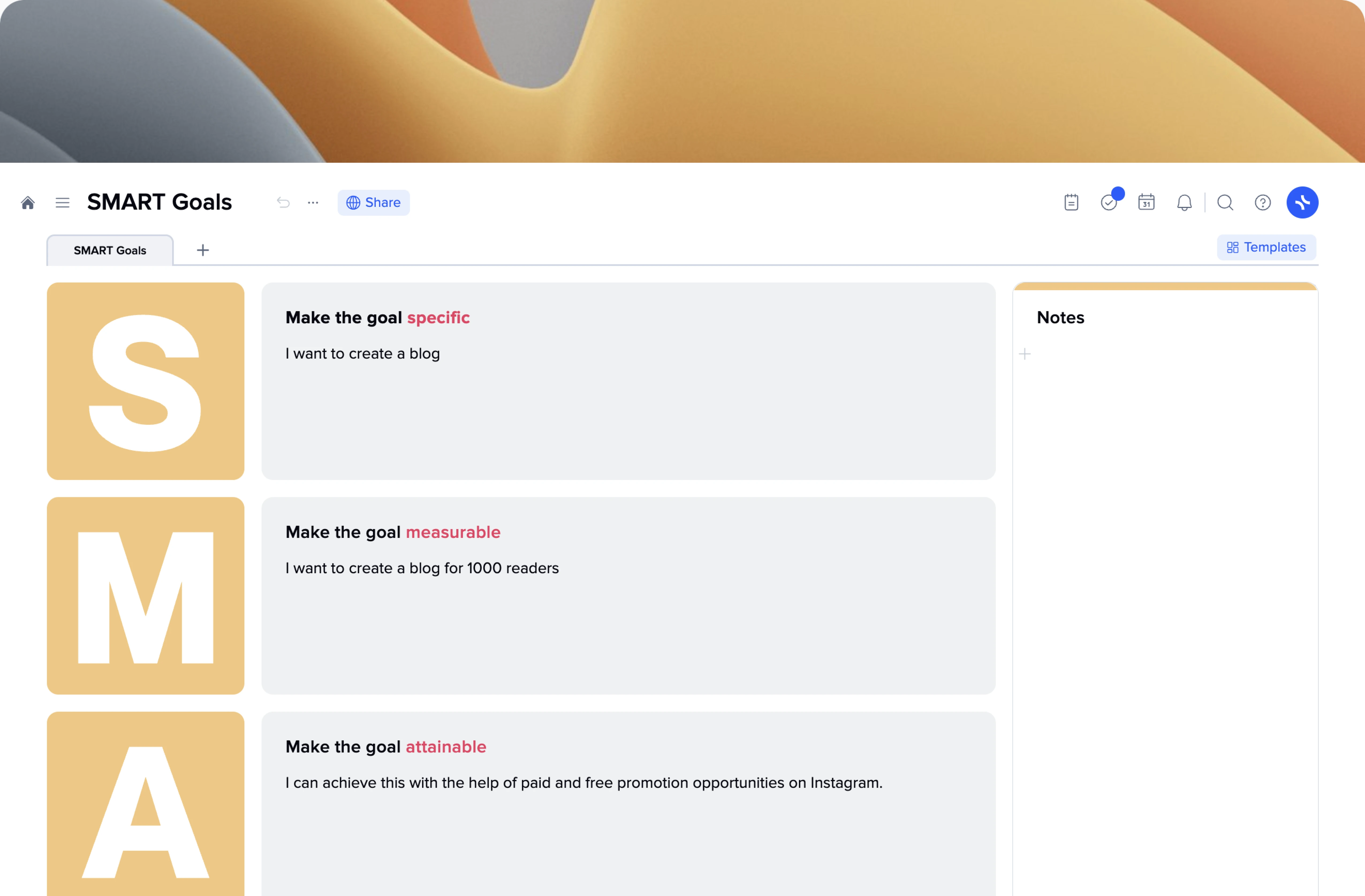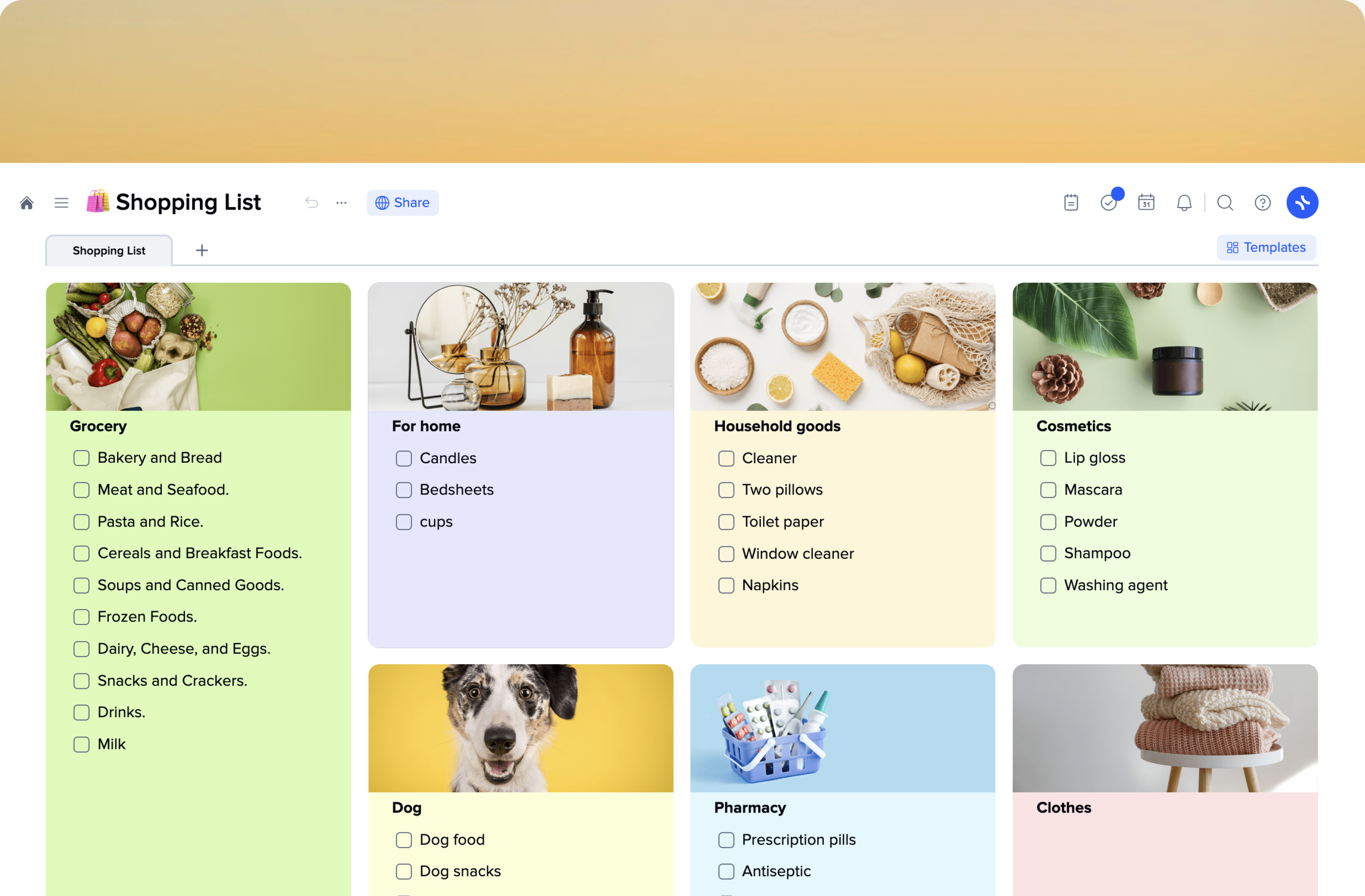Time Management Matrix Template
Your time is the most valuable asset you possess. And a time management matrix helps you use it correctly and to the fullest, according to your goals. It turns you into a superhuman that finishes more tasks in a week than people who are stuck in the chaos of their tasks and routine can manage in a month.
This project management priority tool enhances the prioritization of work, whether we speak about self-development or your work projects. It enables you to effectively allocate and track your time spent on tasks, ensuring optimal utilization of your resources. Additionally, it empowers you to identify and prioritize the most important and impactful work, maximizing productivity and achieving better outcomes.
The xTiles Time Management Matrix Template provides a pre-designed framework for all of your tasks and goals, helping you prioritize them in a timely manner without creating and formatting documents. It is suitable for individual and cooperative needs to allocate what is crucial, what can wait, and what steals your time so that you struggle to complete important tasks.
Additionally, below, you will find detailed descriptions of every quadrant of a time management matrix to ensure what you should/need to put there in order to get the best results.
What is a time management matrix?
Time is too precious to be wasted on unneeded tasks and activities that don’t help you grow. That statement becomes especially important for big companies and teams where many people are involved. That’s why adopting the time management matrix to bring about a success formula is a wise decision that brings dividends all along the way.
The time management matrix helps you organize your tasks and goals according to their importance and urgency, ensuring you can build an easy plan for accomplishing them. It clearly explains which tasks and goals are crucial for your self-development and success and which only steals your time and resources.
The time management matrix ensures everything is organized and scheduled, and nothing gets out of the way by offering you a four-quadrant structure for organizing your tasks. The first one should be dedicated to urgent and important tasks, the second one to important but not urgent tasks, the third one is for urgent but not important, and the last one is for not important and not urgent tasks.
The most important thing to understand about time management is that it’s not about noting the starting time and ending only. It is about considering your time regarding your current tasks and then using it productively to complete the tasks on their time.
Why use the time management matrix?
The time management matrix can transform your days and overall performance if you adhere to its principles. You can get several advantages by understanding and applying the time management matrix to your daily tasks. Here are some of them:
- Enhanced organization. When regularly using the time management matrix, you become more organized. You gain a deeper understanding of the tasks at hand and have a clear framework for sorting and categorizing them. That helps prevent confusion and ensures that each task finds its proper place.
- Prioritization clarity. The time management matrix enables you to discern what is truly important. Additionally, it allows you to do that quicker. And if you’re the person for whom making any kind of decision is hard, the matrix will help you make up your mind much more painlessly.
Through the four quadrants, you gain a system for classifying tasks based on their level of importance and urgency. This clarity empowers you to arrange your tasks in the relevant quadrant, ensuring your focus is directed toward what matters most.
- Skill development in planning. Utilizing the time management matrix requires you to plan and allocate time effectively. As you become familiar with your duties and responsibilities, you start to plan your weeks, considering work, family, friends, and personal needs. This practice of planning not only enhances your planning skills but also increases your chances of achieving higher productivity levels.
How to create your time management matrix using the xTiles Time Management Matrix Template?
The structure of a time management matrix is easy. There are only four sections to divide your tasks between. However, to make it workable, you need to understand each quadrant correctly and put only relevant data.
That’s why the best guide on creating your time management matrix is a short description of every quadrant and its purpose.
Additionally, below, you will find a few tips on how to manage your matrix to get maximum profit out of it.
The first quadrant
The first quadrant of the time management matrix is for urgent and important tasks only. These tasks span various categories and require prompt attention to avoid significant consequences. However, when following your time management matrix, you need to stay flexible to effectively manage situations that arise suddenly and never weren’t planned in the first place.
Let’s imagine you calmly conduct an important meeting in your office. You and your teams are having a brainstorming session. Then, out of the blue, you hear an alarming sound of a fire alarm. What would you choose to prioritize at that moment? This situation calls for a decisive assessment of what is truly important and urgent. Or imagine you’re in the same meeting, there never was any kind of fire in the building, but instead, you get a message from your partner asking where their phone charger is. Will you interrupt the meeting to answer them?
The example is just to demonstrate that your urgent tasks might be interrupted by different situations, and you need to be able to decide what is urgent at the moment.
In emergencies like a fire alarm, it becomes crucial to allocate your attention and efforts to address the immediate crisis over other tasks, such as the ongoing meeting. While the meeting can be rescheduled for a later time, the fire demands immediate action as its spread could lead to severe consequences.
The second quadrant
The second quadrant of the time management matrix is dedicated to important tasks and activities that align with your long-term goals. These tasks require careful long-term planning to ensure progress toward achieving your desired outcomes within a specific timeframe. And no fire alarm or message will have power over them.
For instance, if you are working on a project that doesn’t have a tight deadline, you can establish a time frame, such as one year or six months, taking into consideration your current abilities. Sometimes, tasks that have no strict deadline date might give a false sense of relaxation, like there’s nothing to do at all, like you can start doing that later because there is plenty of time ahead of you. Such an approach will reinforce your procrastination leading you to nowhere. The time management matrix will help to prevent that, keeping you dedicated to delivering your project or getting your goal achieved on time.
With a certain time frame in mind, you can plan your project using monthly Gantt charts, weekly planners, or create daily to-do lists, if you prefer to plan small. While you may not have strict deadlines for each task, having a defined time frame provides structure and accountability, keeps you focused on what you need to do, and helps you escape procrastination.
The second quadrant may also encompass activities related to maintaining your health, such as regular exercise, walks, and nurturing relationships.
By organizing and allocating time for these important tasks within the second quadrant, you can actively work towards your long-term goals while maintaining a balanced approach to your overall well-being.
The third quadrant
The third quadrant is dedicated to tasks that are urgent but not important. Not all important tasks contribute significantly to your long-term goals or priorities, yet they still need to be done on time, and they need their special place on your time management matrix in order to be completed according to their importance and urgency.
For instance, activities like paying utility bills or taxes may be urgent regarding meeting deadlines and overall well-being, but they do not impact your personal or professional growth.
Identifying these urgent but unimportant tasks is crucial for managing your time effectively. Sometimes they accidentally end up in the first or second quadrants, which might mislead us or spoil the whole matrix, making it unworkable.
When you define your tasks correctly, it’s much easier to stay focused on tasks that align with your priorities and contribute to your overall success.
Tasks from this section can usually be delegated to someone else with no harm to the result.
The fourth quadrant
Quadrant four of the time management matrix encompasses activities that are generally time-wasters, yet we often engage in them because we’re all humans, after all. These activities are part of our daily lives, such as scrolling through social media endlessly, watching TV, or playing games.
While stopping binge-watching funny videos with dogs or playing our favorite computer game may not be feasible, we can classify them within quadrant four and strive to minimize the time spent in this quadrant.
Sometimes putting these activities into the section of the lowest importance is enough to help us to classify them as time-wasters, and the time we spend on them will decrease without any significant effort, which will help us regain control over our time and prioritize more important and meaningful tasks.
It’s crucial to understand that having your tasks divided into four doesn’t mean you need to divide your time evenly among all the quadrants. By minimizing our time in quadrant four, we can maximize productivity and allocate our energy towards activities that contribute to personal growth, professional development, and overall fulfillment.
How to use the xTiles Time Management Matrix Template to your advantage?
Effectively managing the time management matrix might be no easy task if you’re new to the technique or have many very different tasks on your plate. Even though the framework eases the process, there are a couple of tips that will help you manage your time matrix even more effectively.
1. Learn to say no to less important tasks.
It’s essential to prioritize and decline tasks that are less important or outside your scope. You can’t manage everything. Sometimes, saying “no” when someone asks for a favor is the most intelligent decision you can make. By politely declining or delegating such tasks, you conserve energy and time for more critical responsibilities.
2. List tasks with deadlines.
Begin by creating a comprehensive list of tasks, including their respective deadlines. That helps you identify tasks that are both important and have imminent deadlines, allowing for effective planning and prioritization. Then gather together all the tasks that have no certain deadlines. Those that are important but have no strict due dates, as a rule, go into the second quadrant. However, sometimes they may belong to the first one. You need to analyze each of them before defining where to put them.
3. Regularly review progress.
Continuously monitor your progress toward your goals. Regularly assess and evaluate your performance, ensuring you are on track. Sometimes you will need to make necessary adjustments to stay aligned with your targets because you underestimated your time, resources, and abilities, and sometimes you will need to tailor your matrix because you overestimated your time, resources, and abilities. All of this is a part of the journey. Besides, the xTiles Time Management Matrix Template is easily customizable, so making adjustments won’t be any trouble.
4. Identify areas for improvement.
Use the time management matrix to identify areas where you may be falling short of your goals. Reviewing your progress enables you to pinpoint weaknesses, understand patterns of deviation from your plans, and focus on areas that require additional attention and concentration.


